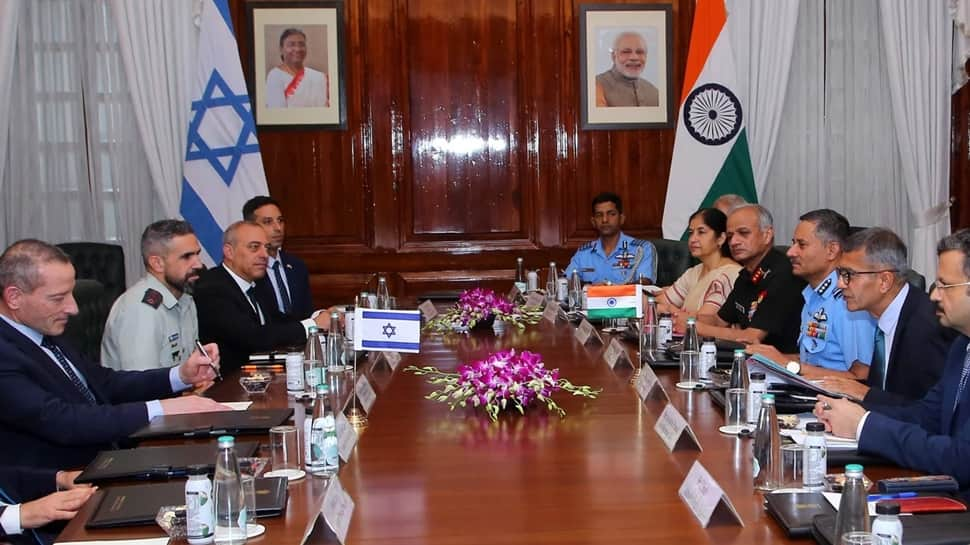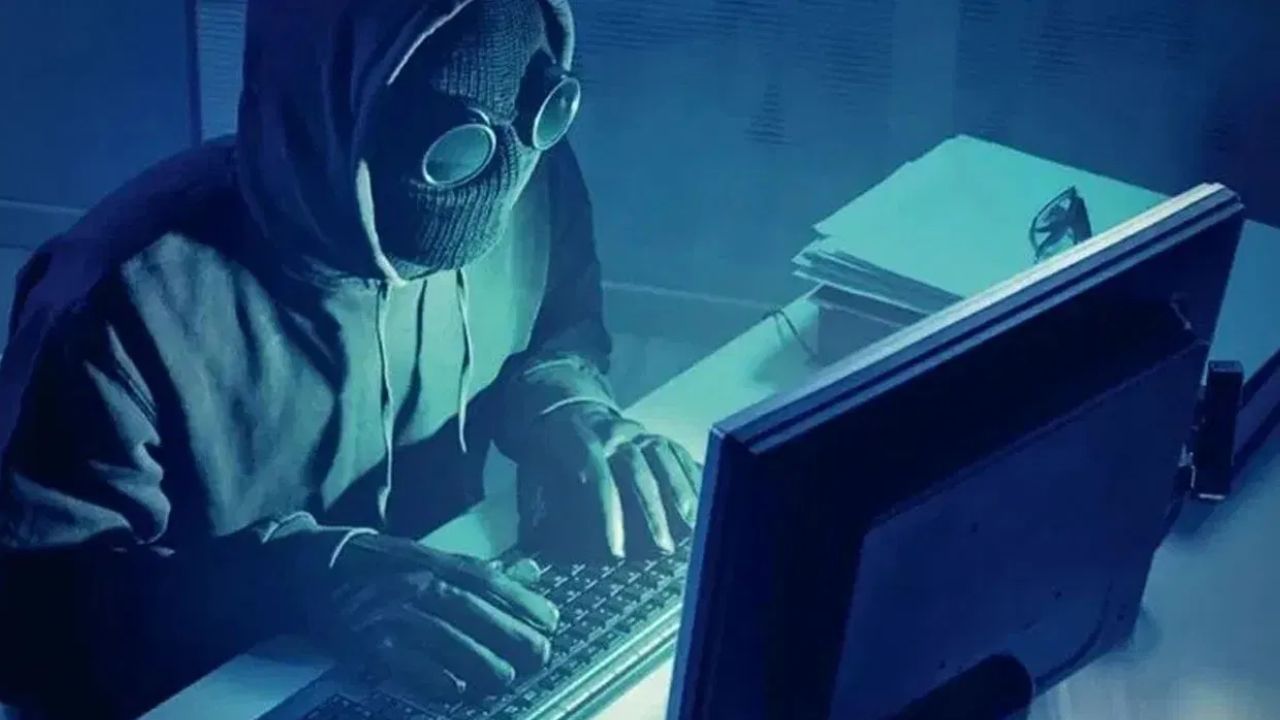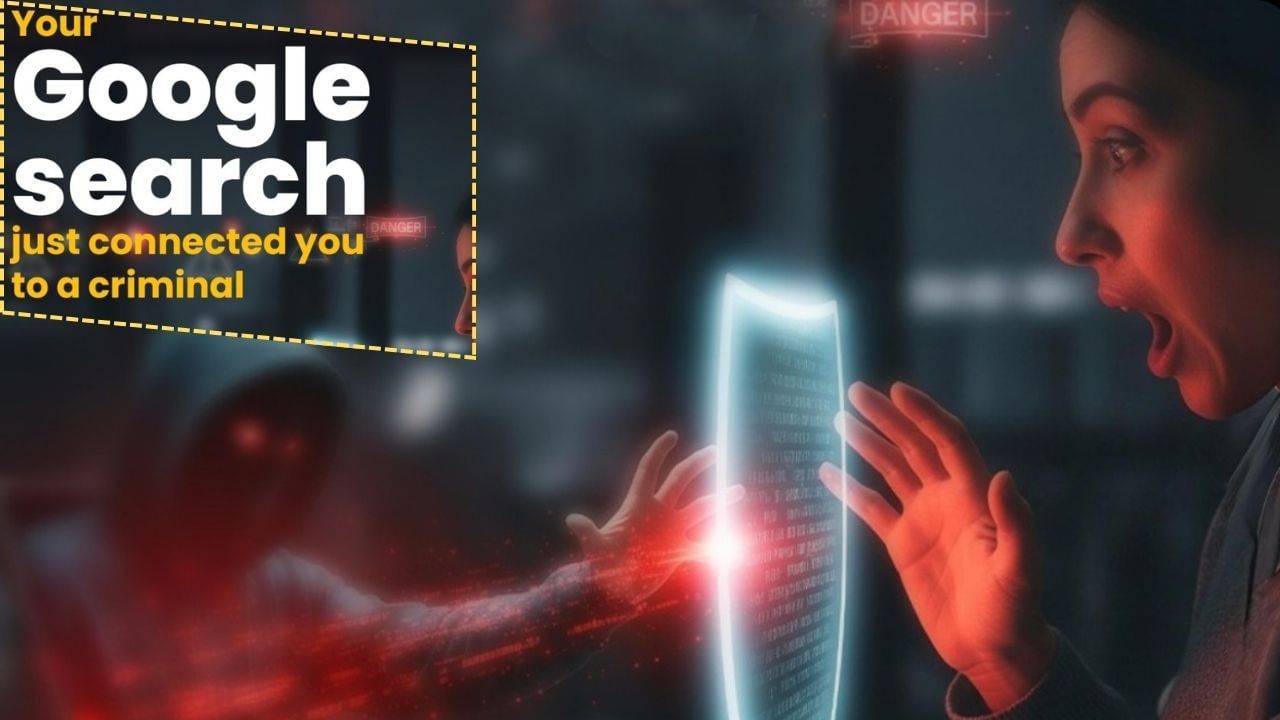Subscribe to Updates
Get the latest creative news from FooBar about art, design and business.
Browsing: Cybersecurity
Anthropic has unveiled its latest artificial intelligence model, Claude Sonnet 4.5. This new iteration demonstrates significant advancements over its predecessors, particularly in…
Online shopping is booming in India ahead of Diwali, but the risk of cybercrimes is also surging during the festive season. Cyber…
Artificial Intelligence (AI) is rapidly expanding its influence worldwide, and now it’s set to make the path to darshan (divine viewing) easier…
Cybercriminals are exploiting the anticipation surrounding the Apple iPhone 17 series. Kaspersky, a cybersecurity firm, has reported that scammers are actively targeting…
Jaguar and Land Rover Production Halted Due to Cyberattack, Hacker Group Claims Responsibility
Jaguar and Land Rover are experiencing a complete production standstill, now in its third week, following a cyberattack on September 1. The…
While the advantages of AI are widely discussed, it’s crucial to understand how AI is being misused. It has come to light…
Incidents of fraud are rapidly increasing, with individuals falling victim to cyber fraud on a daily basis. There has been a significant…
Privacy of Ministers Sold Cheaply: Phone Locations for Rs 155, Phone Taps for Rs 600 in Pakistan
A shocking report has emerged concerning phone tapping and data leaks involving ministers, politicians, officials, and influential figures in Pakistan. The report…
Artificial intelligence chatbots like ChatGPT are rapidly changing how people interact with technology. From answering questions and writing emails to providing emotional…
A recent case in Raipur, Chhattisgarh highlights the dangers of online fraud. A 57-year-old insurance advisor, Devendra Singh Rism, fell victim to…
In today’s digital age, fraudulent messages and calls pose a significant threat. Individuals can inadvertently fall prey to these deceptive communications, leading…
The Indian Computer Emergency Response Team (CERT-In), India’s cybersecurity agency, has issued a critical advisory for Android smartphones. The advisory highlights severe…
Alert: Cyber Attack Threat Looms Over Millions of Android Users, Government Issues Advisory
The Indian Computer Emergency Response Team (CERT-In), the country’s cyber security agency, has issued a critical advisory for Android smartphones. The advisory…
The Nepalese government has decided to ban social media platforms like Facebook, Instagram, and YouTube. Under new regulations, the government has imposed…
The Chhattisgarh Transport Department has issued an advisory urging citizens to make all e-challan payments related to their vehicles exclusively through the…
Google is the primary search tool for many when seeking information online, but cybercriminals are increasingly exploiting this habit. Scammers are cleverly…






















